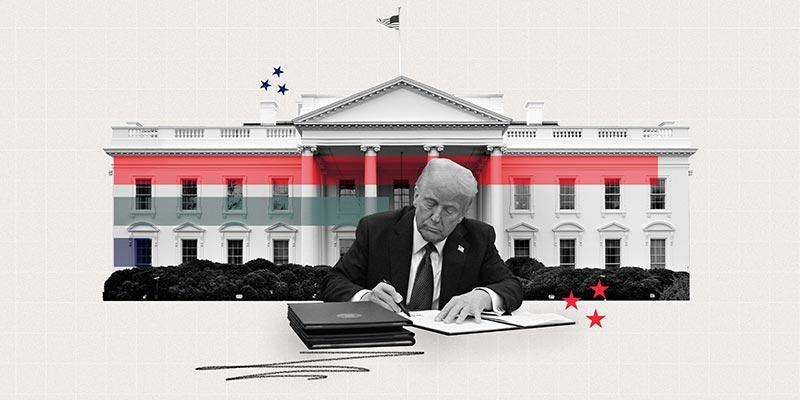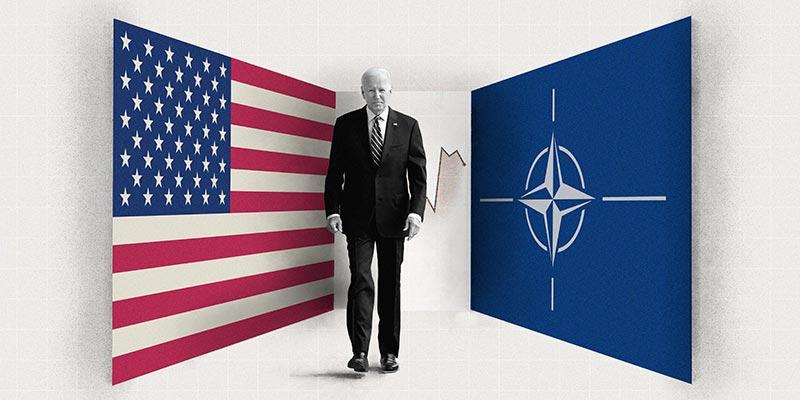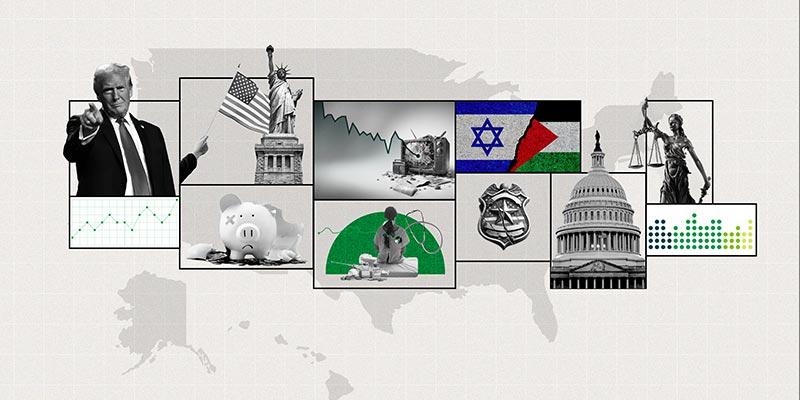In 1947, ¶¶Òõ´«Ã½ asked Americans what may have seemed like a surprising proposal: Should the U.S. spend $1 billion to buy Greenland from Denmark?
With 33% supporting the purchase, 38% opposing it and 28% unsure, the answer wasn’t crystal clear.
The poll was conducted Feb. 28 to March 4, 1947, shortly after Time magazine reported that Washington’s “military men” were considering buying Greenland. This followed Denmark’s rejection of a secret $100 million offer by President Harry Truman’s administration a year earlier. That offer, driven by Greenland’s growing strategic value amid early Cold War tensions, remained a secret until 1991.
Location, Location, Location
As the world adjusted to the post-World War II order, Greenland emerged as a critical zone for defense and air travel. It was primarily its location, between North America and Europe, that made it a vital asset for hosting air bases and refueling stations. The island’s strategic importance prompted speculation about its value to the U.S., as captured in ¶¶Òõ´«Ã½’s 1947 poll.
That poll asked Americans to say, in their own words, how Greenland might be valuable to the U.S. Many were uncertain, with 32% unable to speculate on the country’s value. Most respondents with an opinion either said it was for Greenland’s strategic value as a military base in case of war (25%) or, more generally, as an air base for refueling and other services (21%). Greenland’s wealth of resources such as gold, coal and fish were mentioned by 7% of respondents.
Pop(ulation) Quiz
At the time of the survey, Greenland had a population of roughly 22,000, but many Americans struggled to put a number on it or were far off. Four in 10 (40%) guessed correctly that it had fewer than 50,000 people. Another quarter (26%) didn’t know or had no answer, while 34% guessed too high, estimating it was 50,000 or more.
Among the third who guessed Greenland’s population exceeded 50,000, 5% may have been equating geographic size with population, saying it had more than a million people.
Americans fared better with their geography knowledge: 45% accurately identified Greenland as being in the North Atlantic or near Canada and Iceland. Another 21% were partly correct, guessing “North America,” “up north” or “near Canada.” Twelve percent missed the mark, placing Greenland in or near Alaska, northwest of Canada or in Iceland.
While the 1947 survey is the only instance when ¶¶Òõ´«Ã½ asked Americans for their views on purchasing Greenland or the territory’s potential value to the U.S., the question of buying Greenland has proved to be more than a historical footnote.
To stay up to date with the latest ¶¶Òõ´«Ã½ News insights and updates, follow us on X .
Read more insights from the ¶¶Òõ´«Ã½ Vault.




